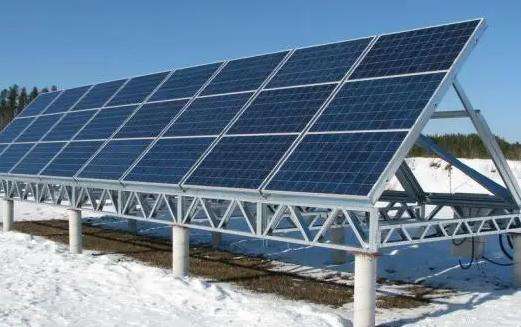The gravitational potential energy of water is converted into electrical energy
E=mgh=1000kg/cubic meter×1 cubic meter×10N/kg×100 meters=1000000J
< p>1 kilowatt hour of electricity=1kwh =1000 wattsBasically, if 1 ton of water warms up by 1 degree, it requires about 1 kilowatt hour of electricity. Power consumption varies depending on the influencing conditions. For example, room temperature. When the temperature is below 10 degrees in winter, the machine consumes electricity to remove frost, but not in summer. Energy efficiency in summer is of course much better than in winter.
If the temperature of a ton of water increases moderately, then the best situation is:
First, 1 ton of water is equivalent to 1,000 kilograms. The specific heat of water is 4.1868 × 10 (3) J·kj-1·K-1 That is, to increase the temperature of a kilogram of water by 1 Kelvin (1 Kelvin = 1 degree Celsius), the heatr required is 4186.8 joules. Then, to raise the temperature of 1,000 kilograms of water by 10 degrees requires 4.1868×10(7) joules of heat.
Second, the energy of one kilowatt hour of electricity is 1 kilowatt hour, or 3599712 joules when converted to joules. It can be deduced that for the complete and lossless conversion of electrical energy into thermal energy, 11.63 kilowatt hours, or 11.63 degrees of electricity, are required.
It should be emphasized that not every water heater can convert energy without loss. If the conversion rate is 70%, it will require 16.6 kilowatt hours of electricity.
If heated from 20℃ to 100℃, heating 1 cubic meter of water to 100℃ requires 97.778 degrees of electricity.
The calculation method is as follows:
The specific heat of water is 4.18 kilojoules/(kilograms degrees Celsius), 1 cubic meter of water is equivalent to 1,000 kilograms, assuming 95 efficiency. %
W×95%=1000×4.18×(100-20)
W=1000×4.18×(100-20)÷0.95=352000 kilojoules
< p>1 degree Electricity = 3600 kilojoules352000÷3600=97.778 (kWh)
Detailed information:
95% of the heat generated by the electric heating tube is absorbed by the water. According to this equivalence relationship, the heat required to heat 1 cubic meter of water from 20 degrees Celsius to 100 degrees. Celsius is equal to 95% of the heat emitted by the electric heating tube % to calculate the power consumption.
When there is a temperature difference between the system and the outside world, we say that there is a thermal interaction between the system and the outside world. The result of the action is that energy is transferred from the high temperature object to the low temperature object. The energy transferred at this time is called heat.
Heat and work are two different forms of energy transfer thati occur during system state changes. These are measurements of different forms of energy transfer. They are both linked to the intermediate state change process and are therefore not functions. of the state of the system.
Calorie unit: In nutrition, “kilocalories” is used as a unit of calories. 1 kcal is the quantity of heat necessary to raise 1 liter of water by 1 degree from 15°C.
After a certain process, the temperature changes to △t and absorbs (or releases) heat. Q represents heat (J),
Q=c·m·Δt
Q absorb=c·m·(t-t?)
Q release = c ·m·(t?-t)
(t? is the initial temperature; t is the final temperature)
Where C is the specific heat (capacity) linked to this process .
The units of heat are the same as those of work and energy. The unit of heat in the International System of Units is the Joule (abbreviated Joule, abbreviated J) (erected in memoryre of the scientist Joule). Historically, the unit of heat has been defined as the calorie (abbreviated cal), which is only used as an auxiliary energy unit, 1 calorie = 4.184 joules.
Note: 1 kcal = 1000 calories = 1000 calories = 4184 joules = 4.184 kilojoules
The heat absorbed by a certain area over a certain period of time is related to the heat released and stored. maintain a balanced relationship.
△T=(t?-t?)
Baidu-Calories Encyclopedia














